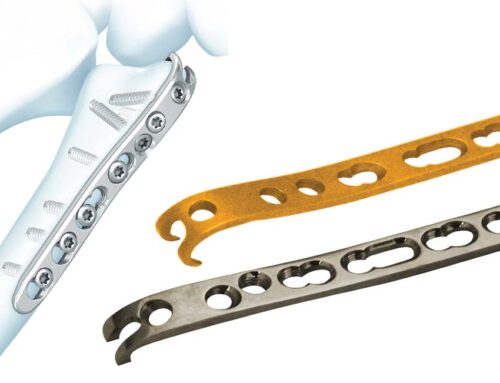Preventing orthopedic injuries, which affect the musculoskeletal system (bones, joints, ligaments, tendons, and muscles), involves focusing on strength, flexibility, balance, and proper movement mechanics. Here are some effective exercises and tips:
Warm-Up & Dynamic Stretching
A proper warm-up improves blood flow and increases flexibility, reducing the risk of injuries.
- Jumping jacks or high knees for 3-5 minutes.
- Leg swings: Stand on one leg and swing the other leg forward and back, then side to side.
- Arm circles: Slowly rotate your arms forward and backward in circles.
Strength Training
Strengthening muscles around the joints provides stability and support.
- Squats: Strengthen your knees, hips, and lower back.
- Lunges: Build strength in your legs and hips while improving balance.
- Planks: Strengthen your core, which supports your spine and prevents lower back injuries.
- Glute bridges: Strengthen the glutes, lower back, and hamstrings.
- Push-ups: Work on shoulder stability, chest, and core strength.
Flexibility & Stretching
Increased flexibility can reduce the likelihood of strains.
- Hamstring stretches: Lengthen the muscles in the back of your legs.
- Hip flexor stretches: Stretching this area can relieve tension and prevent injuries in the lower back and hips.
- Shoulder stretches: Perform simple stretches like crossing one arm over your body to stretch your shoulder muscles.
- Cat-Cow stretch: This yoga-inspired stretch helps with spinal flexibility.
Balance and Proprioception Training
Balance exercises improve coordination and reduce the risk of falls or ankle sprains.
- Single-leg balance: Stand on one leg for 30 seconds and increase time as you improve.
- Balance board or stability ball exercises: Great for improving ankle stability and coordination.
- Heel-to-toe walk: Walk in a straight line, placing one foot directly in front of the other.
Mobility Work
Maintaining good mobility in the joints helps prevent stiffness and injury.
- Hip circles: Loosen the hip joints to maintain mobility.
- Ankle circles: Rotate each ankle to improve mobility and strength around the joint.
- Thoracic spine rotations: Sit on a chair with a straight back and rotate your upper body to each side to keep the spine flexible.
Plyometric Exercises (for Advanced Levels)
These exercises are great for those who are active in sports or high-impact activities to prevent knee and ankle injuries.
- Box jumps: Train explosive power and leg strength.
- Lateral hops: Improve agility and stability around the ankles and knees.
Cool Down and Static Stretching
- End workouts with stretches to maintain flexibility and muscle recovery.
- Hold stretches like quad stretch, calf stretch, and hip flexor stretch for 20-30 seconds each.
Posture & Form Awareness
- Ensuring proper form during exercises and daily activities like lifting heavy objects or sitting at a desk is crucial for injury prevention.
Incorporating these exercises into your routine can reduce the risk of orthopedic injuries by strengthening muscles, improving balance and flexibility, and enhancing joint mobility. Always listen to your body and avoid overtraining, which can also lead to injuries.








Leave A Comment